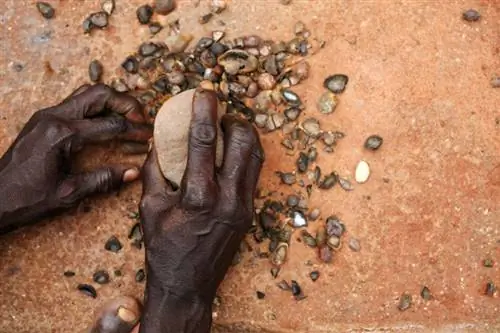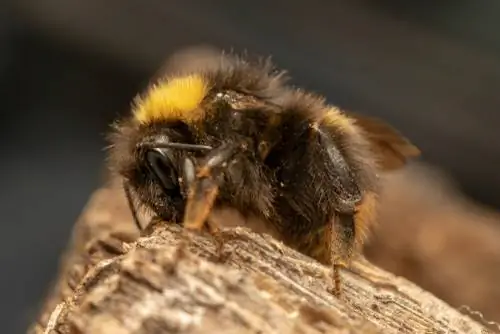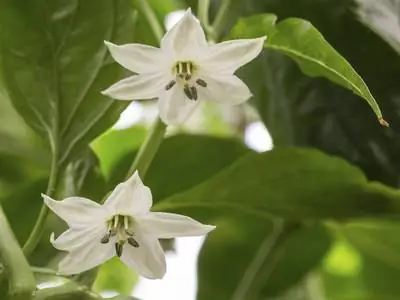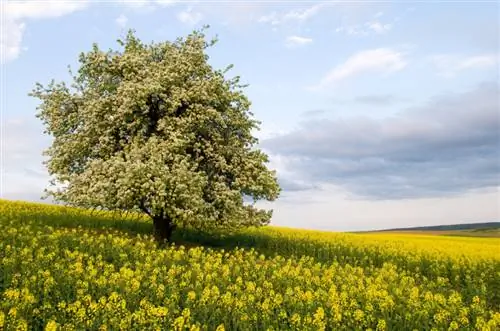- Author admin [email protected].
- Public 2023-12-16 16:46.
- Last modified 2025-01-23 11:20.
The coronut, also known as tagua, is the seed of the coronut palm native to South America. The fruits can be eaten and drunk when fresh. When dried, they become so hard that they are called “vegetable ivory”.
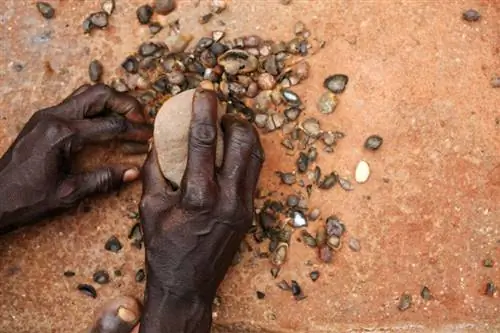
What is a corozo nut?
The corozo nut, also called tagua, is the hard seed of the corozo palm, which is native to the South American rainforest. When fresh, the fruits are edible and drinkable; when dried, they are used as “vegetable ivory” for carvings and jewelry.
The home of the corozo palm
Corozo palms are also known as tagua nut or corozo nut. They grow in the tropical rainforest, especially in Ecuador, but are also found in Brazil, Peru and Panama.
The palm tree develops palm fronds up to six meters long and one meter wide. There are both male and female trees. The flowers of female palm trees exude a narcotic scent. Adult female trees produce up to 20 fruit balls per year, which can reach the size of a head.
The fruit balls grow directly on the relatively short trunk of the palm tree. It takes six to twelve months for them to reach maturity. They are harvested with a machete, which is used to cut through the hard, woody stem.
Nuts, hard as ivory
The seeds, the taguas, develop within the fruit ball. They can be as big as walnuts, some are even the size of a chicken egg. The seeds of a fresh corozo nut are initially soft. After a drying period of several months, they harden so much that they are just as hard as the nutshell.
The brown-black skin is removed. The bright seeds, which are the color of ivory, appear underneath. They can be easily worked with a carving knife.
The dried kernels were often used to make buttons as a replacement for the much more expensive ivory buttons. Today the residents make jewelry and everyday items from the stone nuts.
Edible coronut
The fresh coronut contains a liquid that is drinkable and has a slightly sour taste. The pulp is also edible. When fermented, it serves as the basis for a drink called “Chicha de Tagua”.
Versatile corozo palm
Not only the seeds of the palm tree are used. Roofs are covered with the leaves. The artistic carvings made from the Sami are sought-after trade goods through which the locals can significantly increase their income.
Tips & Tricks
The corozo palm only grows in rainforest climates up to an altitude of 1,800 meters. It prefers swampy locations. In Germany it can only be kept in orangeries or palm gardens.

